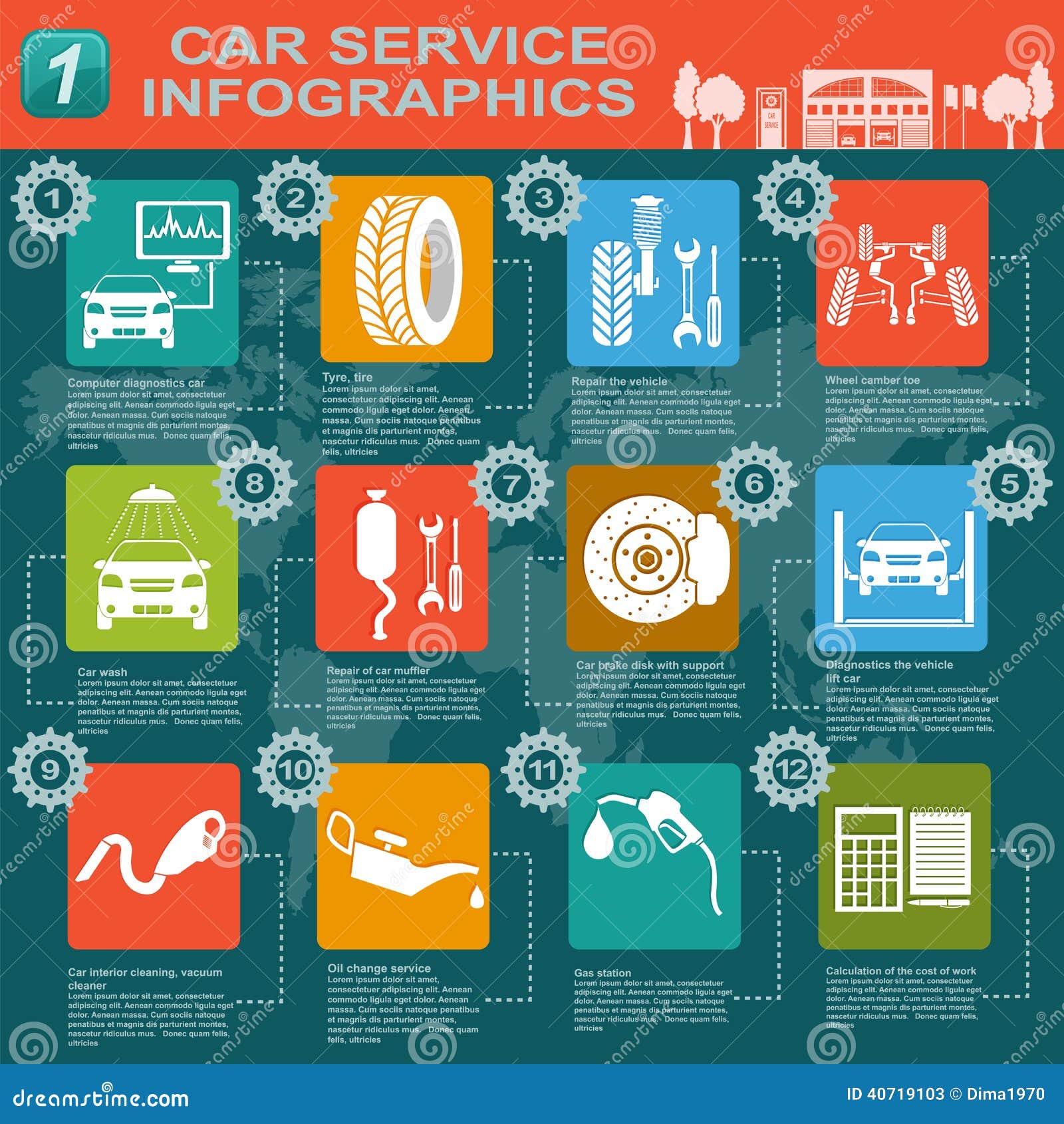Interpreting Your Vehicle'S Alert Lighting: Their Real Implications
Interpreting Your Vehicle'S Alert Lighting: Their Real Implications
Blog Article
Article Produced By-Faulkner Winters
When you're behind the wheel, those glowing caution lights on your control panel can be a bit difficult. Do you understand what they're attempting to tell you about your automobile's health? Comprehending the relevance of these lights is crucial for your safety and the longevity of your vehicle. So, the following time among those lights pops up, would not you wish to analyze its message properly and take the essential actions to resolve it?
Common Warning Lights and Interpretations
Recognize typical warning lights in your auto and comprehend their definitions to make sure secure driving.
One of the most common warning lights consist of the check engine light, which indicates problems with the engine or emissions system. If this light begins, it's vital to have your vehicle examined promptly.
The oil stress warning light suggests low oil stress, calling for instant focus to prevent engine damages.
A flashing battery light could recommend a malfunctioning billing system, potentially leaving you stranded otherwise addressed.
https://oil-change-places-near-me73950.topbloghub.com/38459140/eco-friendly-automobile-detailing-products-you-must-try tracking system (TPMS) light notifies you to reduced tire stress, impacting automobile stability and gas effectiveness. Neglecting this can bring about hazardous driving problems.
The abdominal muscle light shows a trouble with the anti-lock braking system, jeopardizing your ability to quit swiftly in emergency situations.
Lastly, the coolant temperature advising light warns of engine getting too hot, which can result in extreme damage if not dealt with quickly.
Understanding these typical warning lights will certainly aid you resolve issues without delay and preserve risk-free driving conditions.
Value of Prompt Interest
Comprehending the common warning lights in your vehicle is only the primary step; the importance of promptly addressing these warnings can not be highlighted enough to guarantee your security on the road.
When a caution light brightens on your dashboard, it's your automobile's method of connecting a possible issue that needs attention. Overlooking these warnings can result in extra serious troubles later on, endangering your safety and security and potentially costing you much more in repairs.
Trigger focus to alerting lights can avoid malfunctions and accidents. For instance, a flashing check engine light can indicate a misfire that, if left unattended, might create damage to the catalytic converter. Addressing this without delay can conserve you from a pricey repair.
Likewise, a brake system warning light could indicate reduced brake liquid or worn brake pads, important elements for your safety and security when driving.
DIY Troubleshooting Tips
If you discover a caution light on your control panel, there are a few DIY fixing suggestions you can try prior to looking for professional help.
The primary step is to consult your car's manual to understand what the certain caution light indicates. Occasionally the problem can be as basic as a loose gas cap setting off the check engine light. Tightening the gas cap might fix the trouble.
One more usual issue is a reduced battery, which can trigger different alerting lights. Checking visit this page for corrosion and ensuring they're protected might fix the issue.
If a caution light lingers, you can try resetting it by detaching the car's battery for a few minutes and afterwards reconnecting it. In Recommended Reading , checking your vehicle's fluid levels, such as oil, coolant, and brake fluid, can aid fix cautioning lights related to these systems.
automotive and marine
To conclude, recognizing your vehicle's warning lights is necessary for maintaining your lorry running efficiently and securely. By immediately attending to these alerts and understanding what they imply, you can avoid pricey repairs and prospective break downs.
Keep in mind to consult your cars and truck's handbook for specific information on each warning light and do something about it accordingly to make sure a trouble-free driving experience.
Remain notified, stay risk-free when driving!
